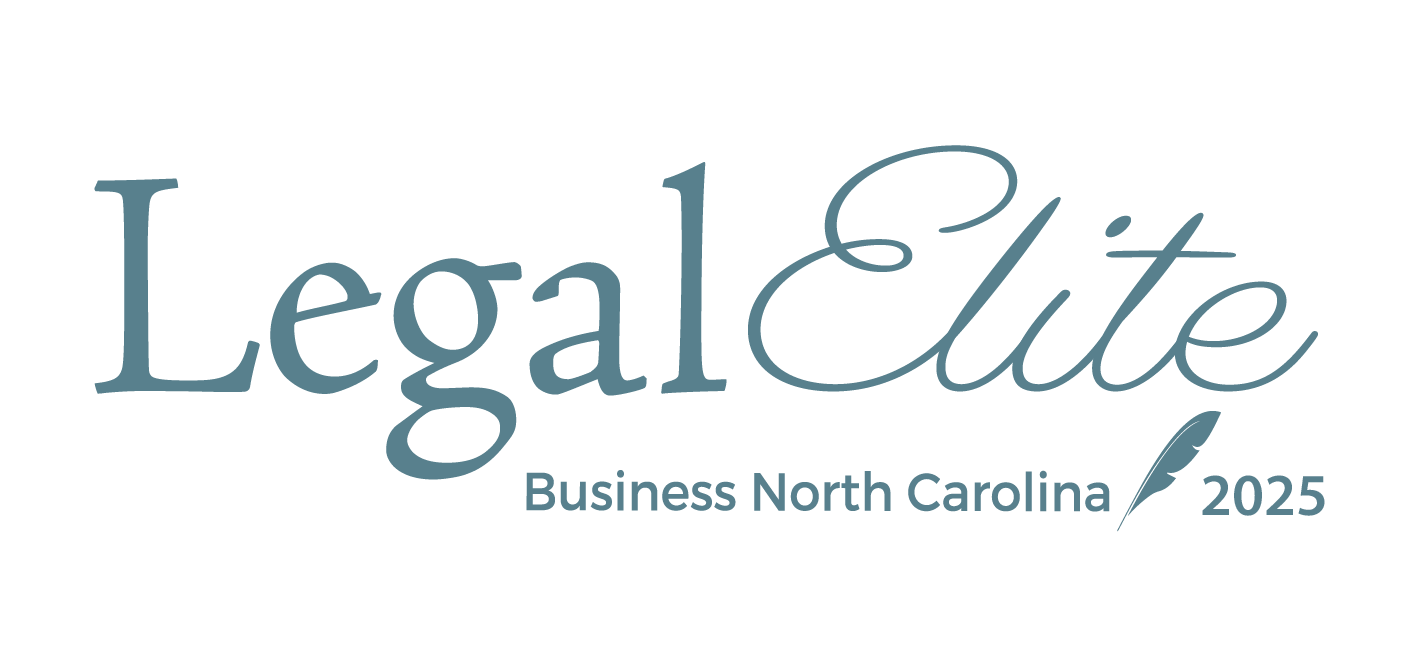"The more laws, the more offenders." -- Thomas Fuller
Background
On January 10, 2017, the United States Equal Employment Opportunity Commission (the "EEOC") did employers a favor. It released "a proposed enforcement guidance addressing unlawful harassment under the federal employment discrimination laws," which will apply to your company unless it (generally speaking) has fewer than 15 employees.
The public has the opportunity to comment on the "Proposed Enforcement Guidance on Unlawful Harassment," (the "Proposed Guidance") until February 9, 2017. If you'd like to read it, then get comfortable: it consists of about 75 pages annotated by 264 detailed footnotes and addresses claims of harassment against employers based on race, color, religion, sex, national origin, disability, age, and genetic information.
The Proposed Guidance is admittedly only that: proposed. But its final form will probably vary little from the current version and, more important, the statutes and case law on which it's based have been fairly settled for a long time. And don’t think that President Trump's new administration, despite a hard turn to the right, will have much, if any, immediate impact on employers' legal obligations in this field: it won't. The underlying laws and related doctrines will evolve, if at all, at a snail's pace. The Proposed Guidance therefore deserves employers' careful attention.
The EEOC issued the Proposed Guidance because, between EEOC fiscal years 2012 and 2015, the percentage of private sector charges that included a claim of harassment increased from about 25% of all charges annually to over 30%. That's all very interesting, you might say, but why should busy employers care?
How About Money for an Answer?
Title VII of the Civil Rights Act of 1964 ("Title VII"), generally speaking, applies to employers with a mere 15 employees (or more). That means that all but small employers can be sued for harassment of their employees (by other employees and even non-employees) based on an array of criteria (sexual harassment tends to get the most press), and, as declared by the Guidance, "an employer is liable for the actions of its agents under the federal [equal employment opportunity] laws."
Think about that. Most people are accustomed to being held accountable for (and therefore controlling) their own actions, but not the actions of others. If you are an employer covered by Title VII, however, then you must keep in mind the notion of responsibility (and potential liability) for the actions of other people in the workplace with regard to potential job-related harassment, even if you didn't authorize the offending action.
Why? Because an employee aggrieved (or, just as important, allegedly aggrieved) by an act of unlawful workplace harassment can sue his or her employer for violation of applicable employment discrimination laws and, if warranted, recover remedies such as back pay; front pay; compensatory damages for emotional distress, pain and suffering and harm to reputation; punitive damages; expenses of litigation; and even attorneys' fees.
That last component means that a losing employer can be required to pay for its own legal defense as well as the fees of the lawyers who obtained a judgment against the employer. All of those fees, needless to say, can easily amount to tens if not hundreds of thousands of dollars. That potential exposure alone justifies paying attention to the Proposed Guidance. Ignoring it and the lessons that it has to teach can result in a lot of red ink.
"But I Didn't Know That Was Happening and Would Have Stopped It If I Did!"
Still stuck on "[a]n employer is liable for the actions of its agents"? That's understandable. The EEOC acknowledges that a harasser's actions "are rarely authorized by the employer and are generally outside the scope of employment," so you may think that an employer would not be responsible or liable for them. But you would be wrong.
Employers can be, and often are, held liable for the actions of employees who engage in unlawful harassment of other employees, regardless of whether the employer authorized the harassment or whether the harassment had anything to with the perpetrator's duties. Employers, in other words, can be and often are "on the hook" for the actions of an employee who engaged in unlawful harassment of another employee.
Little about these liability principles is simple, which may be why the Proposed Guidance is so long. In fact, more than a third of it is dedicated to liability, which refers to the circumstances in which an employer can be required to pay (and, sometimes, pay a lot) for the actions of one of its "agents" (i.e., employees).
What, You Might Ask (or Should Ask) Are Those Circumstances?
There are quite a few: the Proposed Guidance indicates that the "[EEOC] and the courts have applied one of four standards for liability, based on the relationship of the harasser to the employer, and the nature of the hostile work environment." The EEOC's description of those four standards is set forth below, with a plain English translation (quotations taken from the Proposed Guidance):
1. "If the harasser is a proxy or alter ego of the employer, [then] the employer is strictly liable for the harasser's conduct. The actions of the harasser are considered the actions of the employer, and there is no defense to liability."
Translation: An alter ego or proxy of an employer is someone who is so highly placed with the employer that his or her actions essentially "speak" for the employer. Individuals who might be considered proxies include sole proprietors, other owners, partners, corporate officers, and high level supervisors.
If such a person harasses an employee, for example, whether based on race, sex, or any other prohibited basis, then the employer is stuck with it. There "is no defense to liability." If an alleged victim files an EEOC charge and then files a lawsuit that cannot be thrown out before trial, then the typical question is not whether the employer is going to have to pay, but, rather, how much.
2. "If the harasser is a supervisor and the hostile work environment includes a tangible employment action against the victim, [then] the employer is vicariously liable for the harasser's conduct. There is no defense to liability."
Translation: That's a lot of legalese, such as "tangible employment action" and "vicariously liable." But this might help: "A 'tangible employment action' means a 'significant change in employment status' that requires an 'official act' of the employer," such as hiring and firing, failure to promote, demotion, reassignment with significantly different responsibilities, a change in compensation, and a decision that results in a significant change in benefits. If a supervisor harasses another employee and then inflicts such a tangible employment action on the harassed employee, then the employer is stuck with liability for the supervisor's actions, which is to say (as the EEOC does) that there "is no defense to liability." Someone in your executive suite may therefore have to stroke a check to the aggrieved employee or former employee; your lawyers; and, even more maddening, the lawyers who brought the claim.
3. And if you thought that things were complicated already: "If the harasser is a supervisor, and the hostile work environment does not result in a tangible employment action, [then] the employer is vicariously liable for the actions of the harasser. The employer, however, may limit its liability if it can prove a two-part [and complicated] affirmative defense."
Translation: Consider this: If a supervisor stupidly harasses a subordinate but is smart enough not to compound the problem with a "tangible employment action," then the employer may still be stuck with liability for the supervisor's behavior unless the employer (meaning the employer's lawyer, at the employer's expense) can prove two things:
- "The employer exercised reasonable care to prevent and correct promptly any harassment"; and,
- "The employee unreasonably failed to take advantage of any preventive or corrective opportunities provided by the employer or to take other steps to avoid harm from the harassment."
The burden of proof is on the employer. The Proposed Guidance is clear that the employer must "prove both elements of the defense." One could dissect it further, but here's what you need to know: the first part of the defense requires the employer to show that it exercised "reasonable care to prevent and correct" harassment, which is virtually impossible unless the employer can show that it has published and implemented a written policy for the purpose of trying to prevent harassment and facilitate the submission of complaints about alleged harassment. That means:
- promulgating a policy against harassment;
- establishing a process for addressing harassment complaints;
- providing training to ensure that employees understand their rights and responsibilities pursuant to the policy; and,
- monitoring the workplace to ensure adherence to the employer's policy.
Employers that fail to take these steps will have difficulty proving just the first part of this defense, in which case they can forget about the second, and will be stuck with liability for the supervisor's actions.
4. "If the harasser is not a proxy or alter ego of the employer and is not a supervisor, [then] the employer is liable for the hostile work environment created by the harasser's conduct if the employer failed to act reasonably to prevent the harassment or to take corrective action in response to the harassment when it was aware or should have been aware of it."
Translation: Where the harasser is a nonsupervisory employee (such as a first- line hourly employee), the employer can be held liable for the employee's harassment where the employer's only mistake was that it negligently failed to prevent the harassment from happening. Consider the implications of that.
Such liability can happen when the employer fails to promulgate and implement an effective anti-harassment policy, because the employer that has neglected that relatively simple step will have a hard time showing that it acted "reasonably" to prevent harassment from occurring. Moreover, even if the employer acts reasonably to prevent harassment, it can still be held liable for a "hostile work environment" arising from unlawful harassment if it fails to correct harassment about which it knew or should have known.
That "should have known" concept can be troubling, because the Proposed Guidelines tell us that "[a]n employer has actual notice of harassment if an individual responsible for reporting or taking corrective action with respect to the harassment is aware of it." Note: it is not the actual employer who needs to be aware of the harassment; it can sometimes merely be another employee! In other words, if an employee occupies a low company position but is expected to report alleged harassment and then deliberately, or even carelessly, fails to do so, then that failure can come home to roost in the form of the employer's inability to defend itself from liability for the harassment.
But what if the victim failed to complain? Surely that will get the employer off the hook. Nope. "[E]ven if no one complains, the employer still has notice if someone responsible for correcting or reporting harassment becomes aware of the harassment, such as by personally witnessing it." A wise employer will therefore inform its supervisors (of any rank) that, if they merely suspect that harassment has occurred, they are then required to share that information with appropriate personnel so that the employer may act on it. Ignoring such information, or engaging in willful ignorance of it, can make it difficult, if not impossible, for the employer to prove that it acted reasonably to prevent the harassment and that it took appropriate corrective action, which can make it impossible for the employer to avoid liability.
The Bottom Line
The Proposed Guidance reminds employers (even small ones) that liability for workplace harassment remains a serious issue that warrants serious attention. Employers who are blind to it may find that their carelessness comes at a heavy cost.





